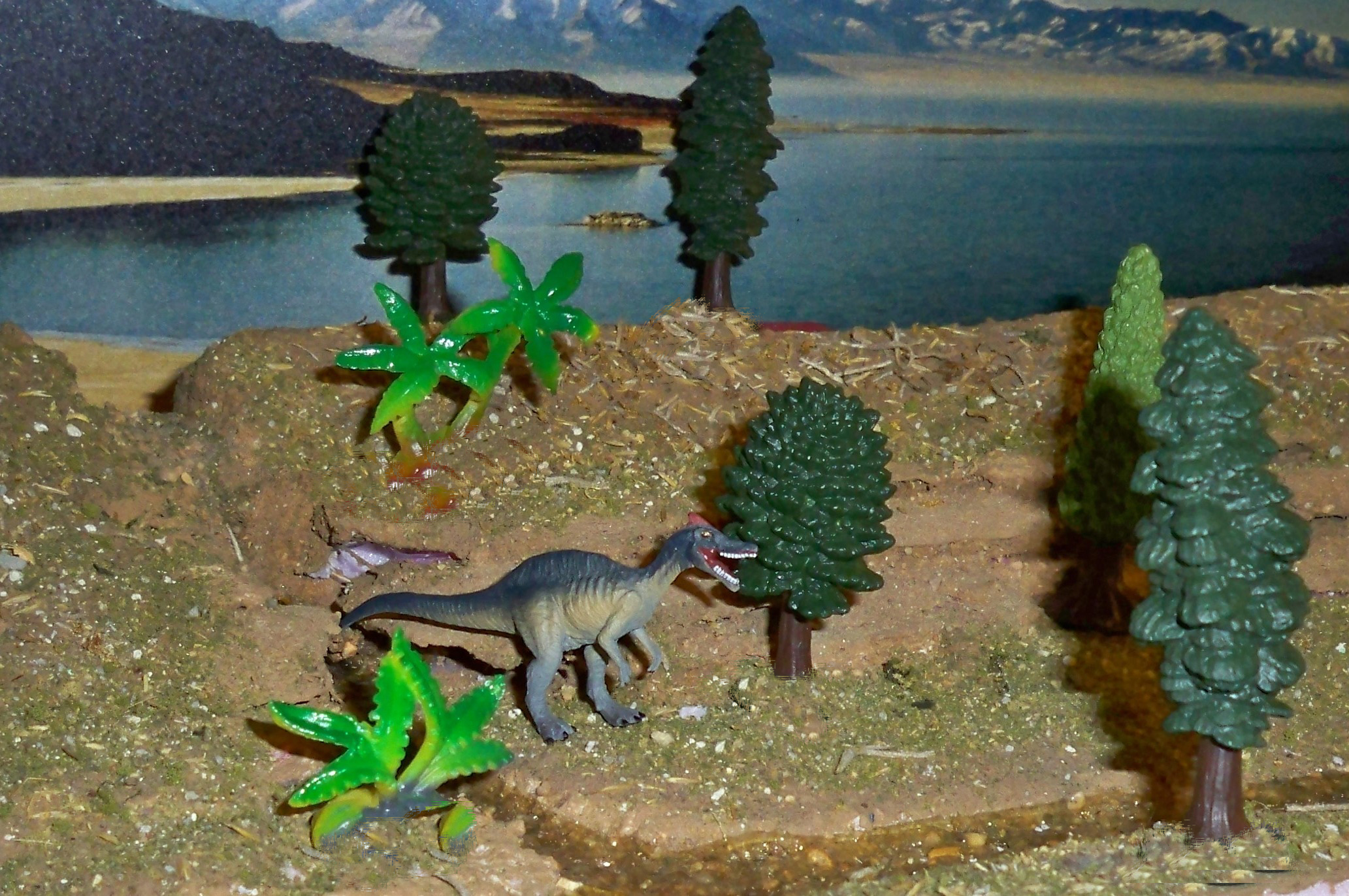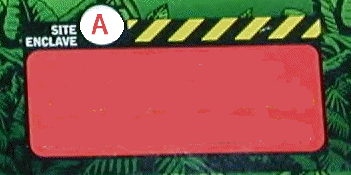South America
Early Cretaceous
Santana Formation
Besides the abelisaurs and giganotosaurs, spinosauroids have been found in South America. This family includes baryonx from England and Spinsaurus from Africa. There are three possible spinosaurs from South America Irritator, Angaturama and Megaraptor. There is some doubt as to classification of Angaturama. Its size is unknown, but the head is about the same size as that of Irritator and Baryonyx, and had a crest. It was found in the same general area as Irritator, and there is a general belief that Angaturama will probably turn out to be a junior synonym. Megaraptor has been projected as a dromaeosaurid because of a large claw then an allosaurid but more recently as a spimosaurid.
Updated 091612
The Santana Formation occurs eastern Brazil. It was an Early Cretaceous (Aptian-Albian) arid or semi-arid brackish or quasi-marine environment, either lagoonal or a basin with restricted water connections. It is noted for thousands of fish fossils, and Early Cretaceous pterosaurs. The only dinosaur fossils found there are of theropods. Plant fossils indicate a sparse, adapted for an extreme desert climate that would probably not have supported many herbivores. Scavenging theropods may have frequented the lagoon shores and hence been washed into the lagoon and subsequently fossilised. The Santana Formation is made up of two members.
 Irritator from Brazil is probably a spinosaurid. The teeth indicate a fish diet. It had a slender jaw with nostrils well back from the front of the snout good for fish eating. It was erroneously described as having a large crest. Only the head is known so the size and reconstruction are speculative.
Irritator from Brazil is probably a spinosaurid. The teeth indicate a fish diet. It had a slender jaw with nostrils well back from the front of the snout good for fish eating. It was erroneously described as having a large crest. Only the head is known so the size and reconstruction are speculative.
The first identifiable Cretaceous theropod from Brazil, Irritator has teeth similar to Spinosaurus, and a slender jaw with nostrils well back from the front of the snout (all consistent with fish eating). It was originally scribed as having a large crest on the quadrate bone on top of the skull. It was named due to the feelings of the scientists who described it when they found that the snout had been artificially lengthened to resemble a plesiosaur. Recent descriptions of the fully prepared skull indicate a quite different look from the original, it being extremely narrow and the crest turning out to be a mis-placed piece of the maxilla.
